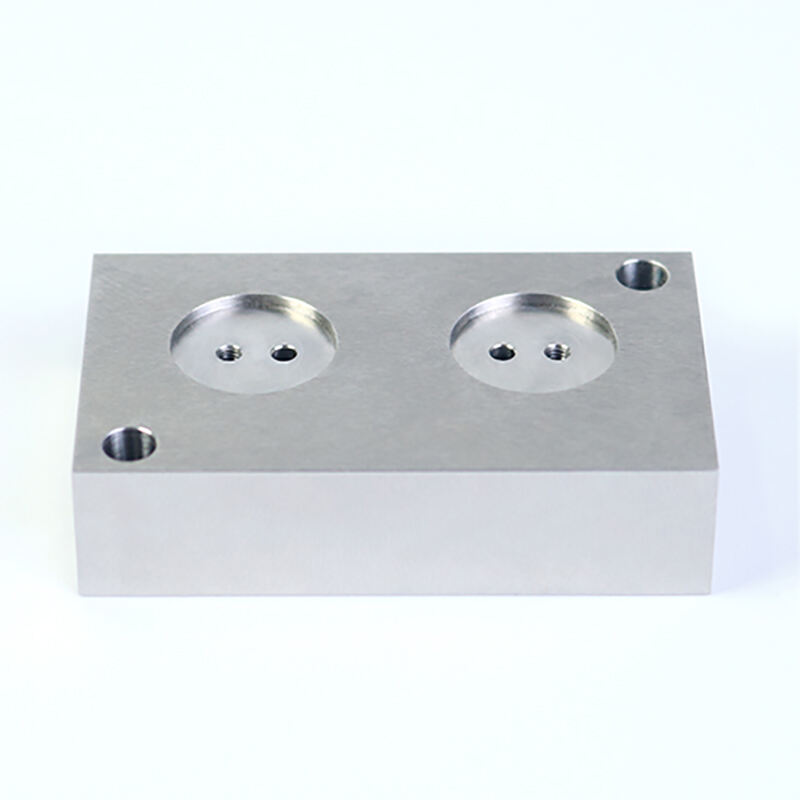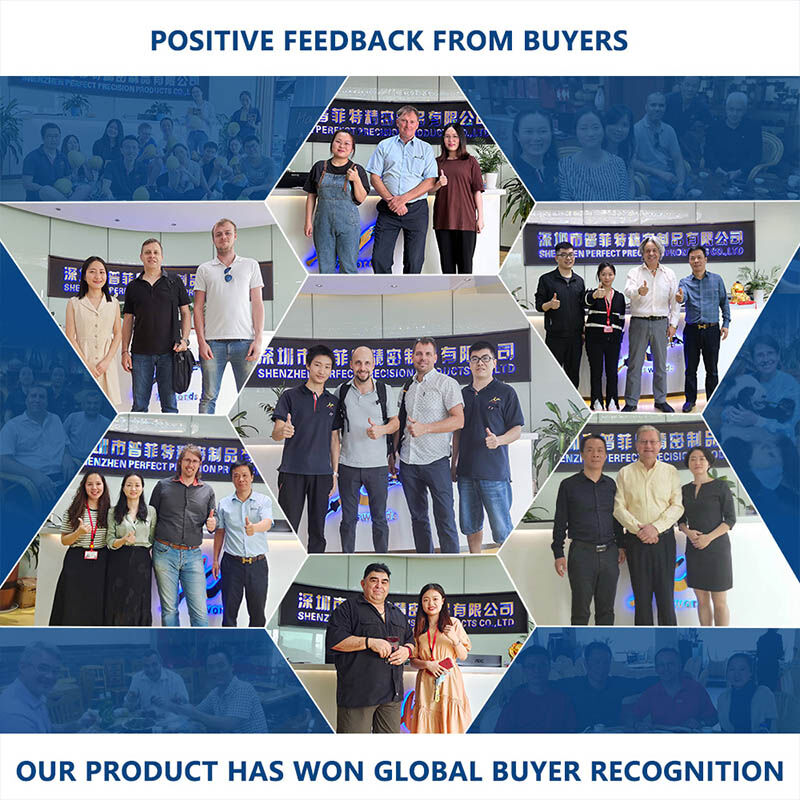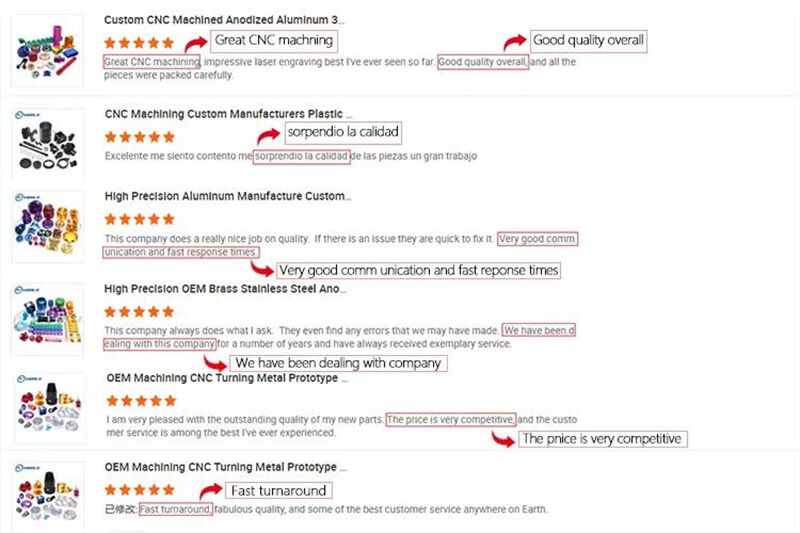Building 49, Fumin Industrial Park, Pinghu Village, Longgang District
Sunday Closed
Precision Machining Parts
Type: Broaching, DRILLING, Etching / Chemical Machining, Laser Machining, Milling, Other Machining Services, Turning, Wire EDM, Rapid Prototyping
Model Number: OEM
Keyword: CNC Machining Services
Material: stainless steel aluminum alloy brass metal plastic
Processing method: CNC Turning
Delivery time: 7-15 days
Quality:High End Quality
Certification: ISO9001:2015/ISO13485:2016
MOQ: 1Pieces
If you work with CNC routers, milling machines or any equipment with a rotating spindle, you've probably heard about backplates. But what exactly are they, and why does the choice of material matter so much?

Think of a backplate as the critical link between your spindle and the tooling you're using (like chucks or faceplates). It's the mounting interface that ensures everything runs true and stays secure during operation. A poorly made backplate can lead to vibration, runout, and even dangerous failures.
Not all materials are created equal for this application. Here’s why 6061 aluminum hits the sweet spot:
• Lightweight: Reduces overall spindle load and improves machine responsiveness
• Machinability: Easy to CNC with excellent surface finish and tight tolerances
• Strength-to-Weight Ratio: Strong enough for most applications without unnecessary mass
• Cost-Effective: More affordable than steel or specialty alloys while offering great performance
• Corrosion Resistant: Naturally protected against rust and oxidation
When designing or specifying a backplate, several factors come into play:
• Mounting Pattern: Must match your specific spindle's bolt pattern exactly
• Runout Tolerance: Critical for precision work (often specified within 0.0005" or better)
• Wall Thickness: Balances strength with weight savings
• Heat Treatment: 6061-T6 provides optimal strength characteristics
• Surface Finish: Smooth surfaces prevent stress concentrations
Why CNC machining rather than casting or other methods?
• Precision: CNC milling ensures exact dimensions and perfect concentricity
• Consistency: Every backplate is identical, crucial for interchangeable tooling
• Complex Features: Easy to incorporate special grooves, threads, or mounting points
• Quick Turnaround: Perfect for prototypes or custom one-off designs
You'll find these backplates in:
• CNC routers and milling machines
• Woodworking equipment
• Precision grinding systems
• Automated manufacturing cells
• Custom tooling setups
Creating a quality backplate involves:
• Material selection and verification
• CNC milling of primary features
• Precision boring of critical diameters
• Thread cutting and finishing operations
• Quality control and runout verification
A well-designed 6061 aluminum CNC spindle backplate isn't just another component—it's an investment in your machine's performance and your final product quality. The right backplate can mean the difference between acceptable results and exceptional ones.



Q: How fast can I receive a CNC prototype?
A: Lead times vary depending on part complexity, material availability, and finishing requirements, but generally:
• Simple prototypes: 1–3 business days
• Complex or multi-part projects: 5–10 business days
Expedited service is often available.
Q: What design files do I need to provide?
A: To get started, you should submit:
• 3D CAD files (preferably in STEP, IGES, or STL format)
• 2D drawings (PDF or DWG) if specific tolerances, threads, or surface finishes are required
Q: Can you handle tight tolerances?
A: Yes. CNC machining is ideal for achieving tight tolerances, typically within:
• ±0.005" (±0.127 mm) standard
• Tighter tolerances available upon request (e.g., ±0.001" or better)
Q: Is CNC prototyping suitable for functional testing?
A: Yes. CNC prototypes are made from real engineering-grade materials, making them ideal for functional testing, fit checks, and mechanical evaluations.
Q: Do you offer low-volume production in addition to prototypes?
A: Yes. Many CNC services provide bridge production or low-volume manufacturing, ideal for quantities from 1 to several hundred units.
Q: Is my design confidential?
A: Yes. Reputable CNC prototype services always sign Non-Disclosure Agreements (NDAs) and treat your files and intellectual property with full confidentiality.
Copyright © Shenzhen Perfect Precision Products Co., Ltd. All Rights Reserved — Privacy Policy — Blog